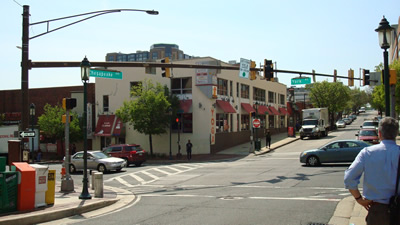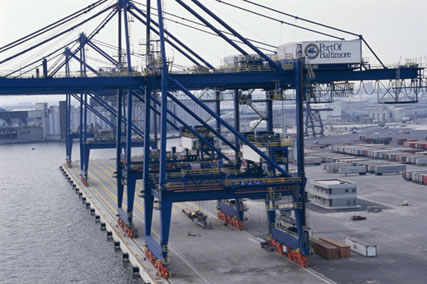Financial Sustainability

This section makes the connection between the fiscal impact of growth and potential tax revenues from economic development activities. Infrastructure is expensive to build and maintain, and some economic activities need particular forms of infrastructure to thrive. Coordinating economic development planning with infrastructure can provide the tax revenue to cover the costs of that infrastructure.
Resources- Tax Base and Finances
- Maryland Department of Legislative Services
Considering Development Capacity

Land use policies are intended to accommodate future economic growth. An analysis of development capacity is common for residential areas, but is also important for commercial and industrial uses. This exercise uses vacancy and land development information from the local jurisdiction and projections of future jobs from local or statewide sources. Below is a sample of measures that counties have used to understand capacity for economic development.
Resources- Protection of industrial and commercial land inventory
- Refer to your Municipal Growth Element, if applicable
Considering Transportation Systems and Public Facilities

Generators of economic activity can have a range of infrastructure needs that differ from residential development needs. Economic uses can require infrastructure beyond standard services like transportation, water, sewer and school capacity and performance. For example, many businesses prefer to operate with access to broadband internet or within a certain range of highways, rail or ports. An assessment of the availability and capacity of infrastructure resources is important to any economic development plan. An Adequate Public Facilities Ordinance and Capital Improvement Plan can help to ensure that sufficient public facility capacity exists to support planned economic growth.
Balancing Housing and Job Opportunities
Employment-related land uses are not restricted to commercial and industrial land uses. Consideration must be made for the availability of residential uses and housing supply for the workforce of current and targeted industries. Locating jobs and employment areas near housing increases access to labor and improves commuting conditions. Jobs that are accessible by walking, biking or transit leed to quality of life benefits in your community by reducing traffic congestion, and the length of the commute to work.
